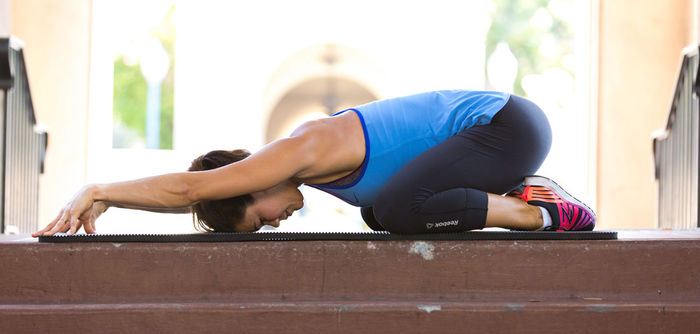With the warm days of summer comes extra free time along with freedom from homework, studying and other school demands for children and adolescents. Without the structure of school and after-school activities, finding ways to encourage your kids to be active throughout the summer months can often be a challenge. Therefore, having a game plan can be a helpful way to keep your kids moving and healthy all summer long
The benefits of being physically active for children and adolescents include improved cardiovascular fitness, muscular fitness, bone health and cognition along with an increased likelihood of being healthy as an adult. To achieve these health benefits, children and adolescents should participate in a minimum of 60 minutes of moderate-to-vigorous physical activity per day, with a focus on participating in vigorous activities at least three days per week. In addition, resistance-training activities, such as climbing or weightlifting, and bone-strengthening activities that provide impact, such as hopping and jumping, should be incorporated into the daily 60 minutes three days per week.
Here are a few tips for encouraging your kids to be active all summer long:
- Maintain a structured routine: Develop a daily schedule that includes time allotted for movement-related activities to ensure your kids meet the minimum physical activity recommendations. These can be scheduled in small intervals throughout the day or in larger blocks. By making physical activity a priority and encouraging your children to participate in activities they enjoy, you can help them develop lifelong healthy habits, as those who are active during childhood are more likely to maintain physical activity participation into adulthood.
- Set goals: Develop physical activity-related goals for the summer. Take the time to talk with your children so that the goals are relevant to them and relate to something they specifically want to achieve. These can include completing a certain number of movement-related tasks each week, achieving a time for completing an activity such as a race or obstacle course, or developing a specific skill such as catching a baseball, dribbling a basketball or doing a cartwheel. You can also set small rewards for the achievement of each goal to help keep your child motivated.
- Assign chores that incorporate movement: Assign your children age-appropriate household chores that keep them moving. These chores can include taking out the trash, cleaning, mowing the lawn, walking the dog or tending the garden. Make a weekly schedule and find ways to hold your kids accountable to completing their weekly chore responsibilities. You can also add some fun to weekly chores by turning them into games such as a race to clean up the bedroom or a competition for who can fold the most clothes.
- Make it a family affair: Plan activities that get the whole family moving together. These can include bike rides, hikes and backyard games such as water balloon fights, scavenger hunts, obstacle courses, relay races, kickball and family Olympics. The more enjoyable and creative the activity is, the more likely your kids are to participate in it and to develop a positive feeling toward physical activity.
- Find structured activities: If possible, enroll your kids in structured programs that incorporate physical activity such as sports and summer camps. Also, take advantage of the variety of virtual programs that are offered to kids such as online dance classes, martial arts lessons and creative fitness programing designed specifically for kids such as online yoga classes, quick workouts and movement-based activities.
Regardless of which strategies you use to encourage your kids to be active throughout the summer, the most important thing is to make it fun. Find activities that your children enjoy, which will help motivate them to stick with it, and do not be afraid to challenge them to try something new. When helping your child decide on summer activities, consider options that will help develop and enhance motor skills, are appropriate for your kid’s age and attention span, and align with your child’s activity preferences.




 by
by 








 by
by